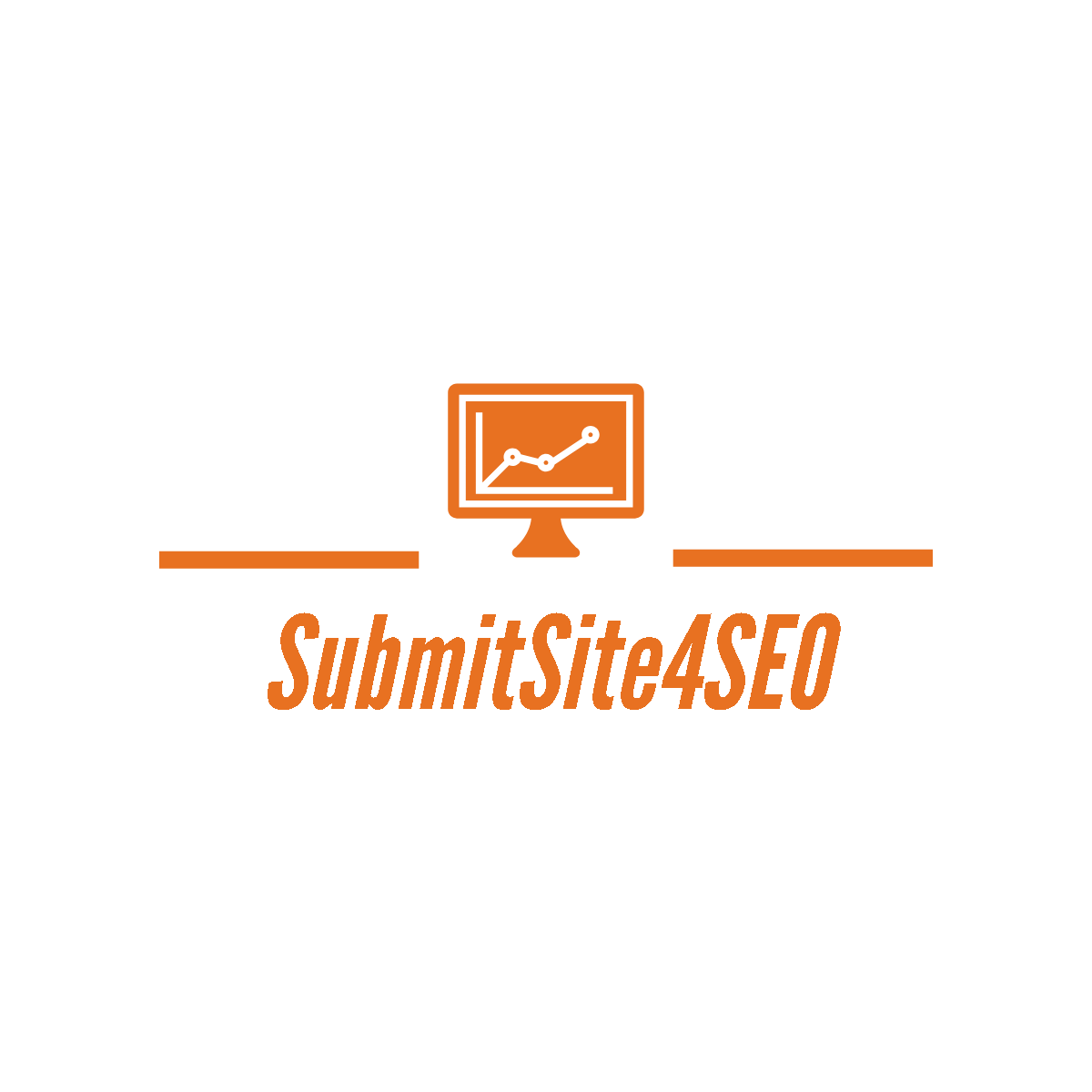In the fast-paced world of online business, staying ahead of the competition is key to success. That’s why it’s crucial to understand the importance of web accessibility and SEO compliance. By optimizing your website for peak performance, you not only improve its visibility on search engines but also ensure that people with disabilities can access and navigate it seamlessly. In this article, we will explore the correlation between web accessibility and SEO compliance, providing you with expert insights and trends to unlock online success. So, let’s dive in and discover how these two vital components can enhance your website’s performance and propel your business to new heights.

Why Web Accessibility and SEO Compliance are Important for Your Website
The significance of web accessibility
Web accessibility refers to the practice of designing and developing websites that can be easily accessed and used by all individuals, including those with disabilities. It is vital to ensure that your website is accessible to people with visual impairments, hearing impairments, motor disabilities, and cognitive disabilities. By making your website accessible, you are not only providing equal opportunities to all users but also complying with legal requirements and building a positive brand image.
The importance of SEO compliance
Search Engine Optimization (SEO) is the process of optimizing your website to appear higher in search engine rankings, thus driving organic traffic to your site. When your website is SEO compliant, it becomes more discoverable and visible to search engines like Google, Bing, and Yahoo. This increased visibility leads to higher organic traffic, greater brand exposure, improved user experience, and ultimately, increased conversions.
Benefits of Web Accessibility and SEO Compliance
Ensuring web accessibility and SEO compliance for your website offers numerous benefits. By making your website accessible, you are not only expanding your potential audience but also making a positive impact on society. When you implement SEO best practices, your website becomes more visible to search engines, leading to increased organic traffic, higher rankings, and improved brand exposure. By focusing on both web accessibility and SEO compliance, you can create a website that is user-friendly, inclusive, and optimized for success.
Understanding Web Accessibility
Definition of web accessibility
Web accessibility refers to the inclusive practice of designing and developing websites that can be perceivable, operable, understandable, and robust for all users, including those with disabilities. It involves integrating accessibility features and techniques into the website’s design and code to ensure equal access and usability for everyone.
Laws and guidelines related to web accessibility
Various laws and guidelines govern web accessibility to ensure equal access and usability for individuals with disabilities. These include the Americans with Disabilities Act (ADA) in the United States, the Web Content Accessibility Guidelines (WCAG) developed by the World Wide Web Consortium (W3C), and Sections 504 and 508 of the Rehabilitation Act in the United States. Compliance with these laws and guidelines is crucial for avoiding legal issues and providing equal opportunities to all users.
Impact of web accessibility on users with disabilities
Web accessibility has a profound impact on users with disabilities. By implementing accessibility features, such as text alternatives for images, proper semantic HTML, and keyboard navigation, you ensure that users with disabilities can perceive, navigate, and interact with your website effectively. This enables them to access vital information, participate in online activities, and engage with your brand, just like any other user.

Techniques to Improve Web Accessibility
Semantic HTML and proper markup
Using semantic HTML and proper markup is essential for improving web accessibility. Semantic HTML provides additional meaning and context to web elements, making them more accessible to screen readers and assistive technologies. By using headings, lists, and descriptive elements correctly, you can structure your content in a way that is easy to navigate and understand for all users.
Alternative texts for images
Including alternative texts for images is crucial for users who are visually impaired or rely on screen readers to understand the content of your website. Alternative texts provide descriptive information about images, enabling users with visual disabilities to comprehend the visual context of the page. By adding concise and meaningful alternative texts, you ensure that all users can access and understand your website’s content.
Keyboard navigation and focus management
Keyboard navigation is essential for users with motor disabilities or those who cannot use a traditional mouse. Ensure that your website can be navigated using only a keyboard, and that interactive elements, such as buttons and links, can be easily accessed and interacted with using keyboard shortcuts. Additionally, proper focus management ensures that users can easily identify and navigate through interactive elements using keyboard focus indicators.
SEO Compliance and Its Connection to Web Accessibility
The relationship between SEO and web accessibility
SEO and web accessibility are closely related as both aim to improve the overall user experience and visibility of a website. While web accessibility focuses on ensuring equal access and usability for individuals with disabilities, SEO focuses on improving a website’s visibility in search engine rankings. Implementing web accessibility features, such as descriptive link texts and structured content, not only improves accessibility but also contributes to better SEO results.
Importance of structured content and headings
Structured content and headings play a crucial role in both web accessibility and SEO. They help organize and categorize the content on your website, making it more understandable and navigable for both users and search engines. Using proper heading tags (H1, H2, H3, etc.) helps search engines understand the hierarchy and importance of your content, improving your website’s chances of ranking higher in search results.
Role of descriptive link texts
Descriptive link texts not only enhance web accessibility but also greatly contribute to SEO. When creating hyperlinks, it is essential to use descriptive anchor texts that accurately describe the linked content to improve usability for screen reader users and search engine crawlers. This practice not only assists users in understanding the purpose of the link but also provides search engines with valuable information to better index and rank your website.

Best Practices for Web Accessibility and SEO
Use of descriptive page titles and meta tags
Page titles and meta tags provide concise summaries of your web pages’ content and should accurately reflect the information contained within. Descriptive and keyword-rich page titles not only improve web accessibility by providing clear context to screen reader users but also contribute to better visibility and rankings in search engine results pages (SERPs).
Optimizing website load speed and performance
Website load speed and performance are crucial for both web accessibility and SEO. Slow-loading websites not only frustrate users but also negatively impact search engine rankings. Ensure that your website is optimized for fast load times by minimizing file sizes, optimizing images, and utilizing caching techniques. By improving website performance, you enhance accessibility and provide a better user experience, resulting in higher search engine rankings.
Mobile-friendly and responsive design
With the increasing use of mobile devices, having a mobile-friendly and responsive website design is essential for both web accessibility and SEO. Responsive design ensures that your website adapts seamlessly to different screen sizes and devices, making it accessible and user-friendly for mobile users. Search engines also prioritize mobile-friendly websites in their rankings, making responsive design crucial for SEO success.
Tools and Resources for Web Accessibility and SEO Compliance
Accessibility audit and evaluation tools
Several tools are available for auditing and evaluating the accessibility of your website. These tools analyze your website’s code, content, and design, providing insights and recommendations on how to improve accessibility. Examples of popular accessibility audit tools include WAVE, Axe, and AChecker. These tools help identify accessibility issues and enable you to take the necessary steps to address them.
SEO analysis and optimization tools
Similar to accessibility tools, there are numerous SEO analysis and optimization tools available to help improve your website’s SEO compliance. Tools like Google Analytics, Moz, and SEMrush provide valuable insights into your website’s performance, keyword rankings, and overall SEO health. By utilizing these tools, you can identify areas for improvement and optimize your website to rank higher in search engine results.
Government and industry resources
Government and industry resources offer a wealth of information and guidelines on web accessibility and SEO compliance. The Web Accessibility Initiative (WAI) by the W3C provides comprehensive guidelines and resources for web accessibility, including the WCAG. Additionally, search engine giants like Google offer specific guidelines and best practices for optimizing your website for search engines. Utilizing these resources ensures that you have access to credible and up-to-date information on web accessibility and SEO compliance.
Common Challenges in Achieving Web Accessibility and SEO Compliance
Limited awareness and understanding
One of the primary challenges in achieving web accessibility and SEO compliance is the limited awareness and understanding of these concepts. Many website owners and developers are unaware of the importance of web accessibility and how it can positively impact their users and SEO rankings. By educating and raising awareness about web accessibility and SEO, we can overcome this challenge and encourage more websites to prioritize these vital aspects.
Technological limitations and constraints
Sometimes, technological limitations and constraints can hinder the implementation of web accessibility and SEO best practices. Legacy systems or outdated technologies may not support certain accessibility features, making it challenging to provide an inclusive experience for all users. However, with advancements in technology and continuous improvements in accessibility standards, these limitations can be overcome gradually.
Lack of ongoing maintenance and updates
Web accessibility and SEO compliance require continuous maintenance and updates. Websites that are not regularly monitored and maintained may fall out of compliance over time. Content updates, design changes, and software updates can inadvertently introduce accessibility barriers or impact SEO performance. It is essential to prioritize ongoing maintenance and periodic audits to ensure continued compliance and optimization.
Ensuring Web Accessibility and SEO Compliance in Website Development
Integrating accessibility and SEO from the start
To ensure web accessibility and SEO compliance, it is crucial to integrate these considerations from the very beginning of the website development process. When accessibility and SEO are prioritized during the planning and design stages, they can be seamlessly incorporated into the website’s structure and content. By involving accessibility and SEO experts early on, you can avoid costly retroactive changes and ensure a more inclusive and search engine-friendly website.
Collaboration between designers, developers, and SEO experts
Successful web accessibility and SEO compliance require effective collaboration between designers, developers, and SEO experts. Designers should create visually appealing and accessible designs, developers should implement accessible code and functionality, and SEO experts should optimize content and structure for search engines. Collaboration and open communication among these teams ensure that both accessibility and SEO goals are met throughout the website development process.
Continuous monitoring and improvements
Web accessibility and SEO compliance should be viewed as ongoing efforts rather than one-time tasks. It is essential to regularly monitor and assess your website’s performance, conduct accessibility audits, and make necessary improvements to maintain compliance and optimize for search engines. By continuously monitoring and improving web accessibility and SEO, you can stay ahead of changing regulations and evolving best practices.
Auditing and Testing for Web Accessibility and SEO Compliance
Conducting accessibility audits and evaluations
Regular accessibility audits and evaluations are crucial for ensuring web accessibility compliance. These audits involve reviewing your website’s design, structure, and content to identify any accessibility barriers. Utilizing automated accessibility testing tools and conducting manual testing with assistive technologies can help identify issues and provide recommendations for improvement. By incorporating the findings from these audits, you can ensure that your website remains accessible to all users.
Performing SEO analysis and testing
Performing SEO analysis and testing is vital to ensure that your website is optimized for search engines. Use SEO analysis tools to evaluate your website’s keyword rankings, backlink profile, and overall SEO health. Conducting user-focused research and testing can provide insights into how users interact with your website and whether there are any barriers to accessibility or SEO performance. By regularly analyzing and testing your website, you can identify areas for improvement and implement effective strategies.
User testing and feedback
User testing and feedback play a significant role in both web accessibility and SEO compliance. By engaging real users and collecting their feedback, you can identify any accessibility issues or usability challenges that may not have been identified through automated testing. Incorporating user feedback allows you to make informed decisions about improvements and ensure that your website meets the needs and expectations of your target audience.
Future Trends and Emerging Technologies in Web Accessibility and SEO Compliance
AI-powered accessibility solutions
Artificial Intelligence (AI) is rapidly transforming various industries, including web accessibility. AI-powered accessibility solutions, such as machine learning algorithms and natural language processing, have the potential to revolutionize how websites are made accessible. These technologies can automate the process of identifying and addressing accessibility issues, making websites more inclusive and compliant. As AI continues to advance, we can expect significant improvements in web accessibility compliance.
Voice search optimization and accessibility
Voice search is becoming increasingly popular, thanks to advancements in voice recognition technology and the rise of smart devices. Optimizing your website for voice search not only improves accessibility for users with disabilities but also enhances the overall user experience. By incorporating voice-friendly content, structured data, and optimized conversational keywords, you can ensure that your website remains accessible and discoverable through voice search.
Evolving SEO practices and algorithms
SEO practices and search engine algorithms are continually evolving to provide users with the best and most relevant search results. Staying up to date with these changes is crucial for maintaining SEO compliance. As search engines prioritize user experience and accessibility, website developers and SEO experts must adapt their strategies and techniques. By keeping abreast of emerging SEO trends and best practices, you can ensure that your website remains visible and competitive in search engine rankings.
In conclusion, web accessibility and SEO compliance are vital for the success of your website. By prioritizing accessibility, you can provide equal opportunities to all users, comply with legal requirements, and build a positive brand image. SEO compliance enhances your website’s visibility, drives organic traffic, and improves user experience. By understanding and implementing techniques to improve web accessibility and SEO compliance, following best practices, utilizing tools and resources, and overcoming common challenges, you can create an inclusive and search engine-friendly website. Remember to continuously monitor, audit, and test your website for compliance, and stay informed about future trends and emerging technologies in web accessibility and SEO.




